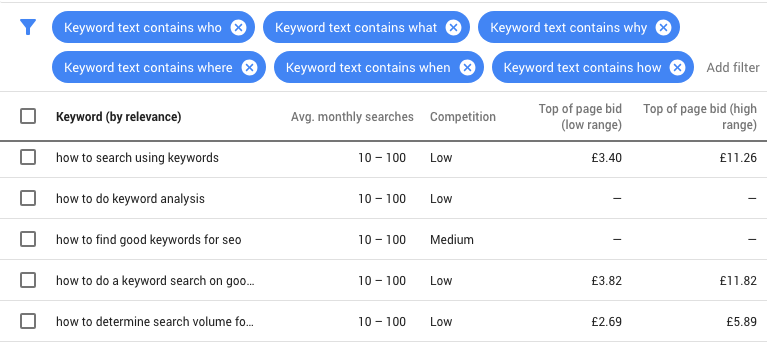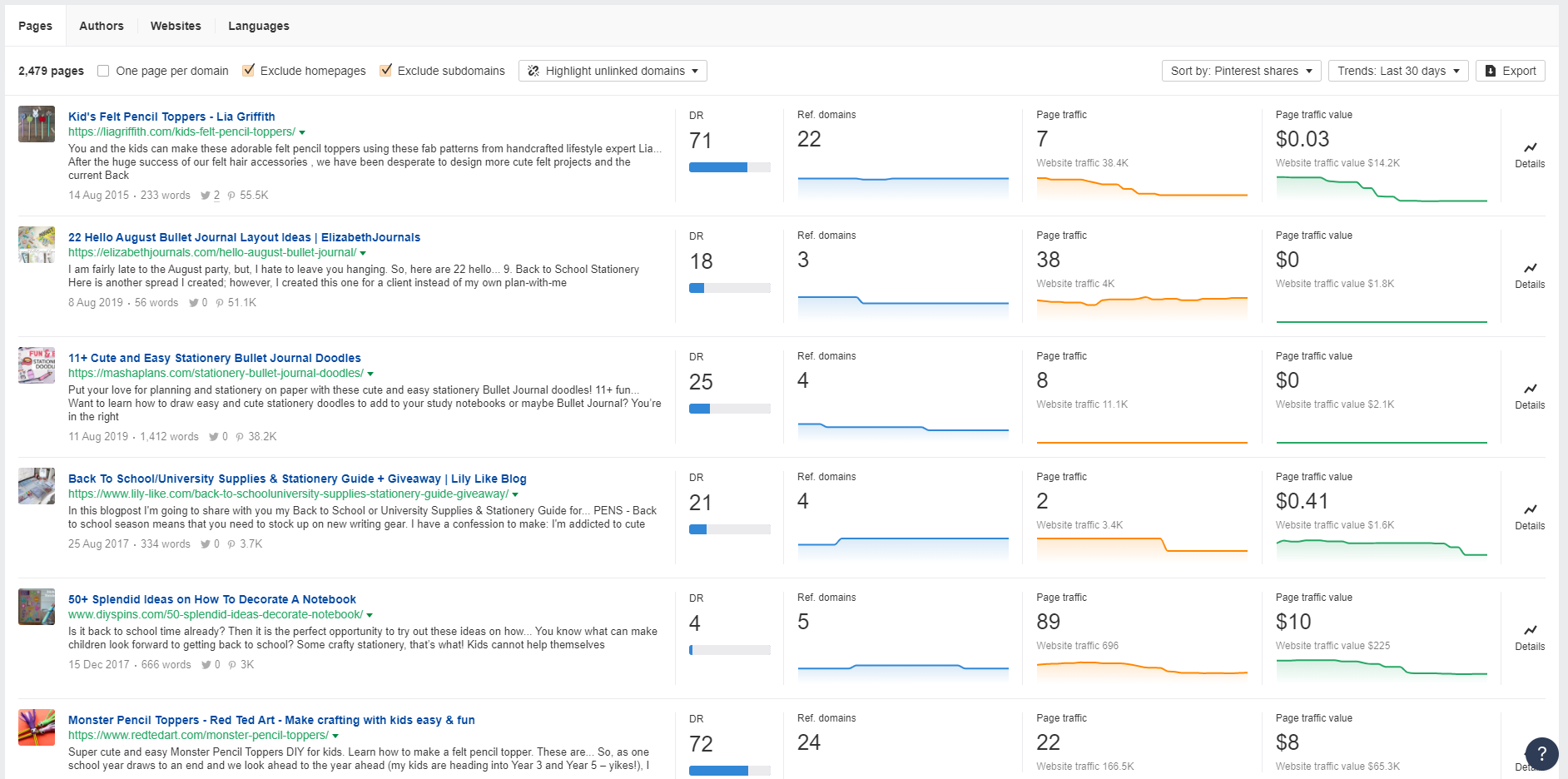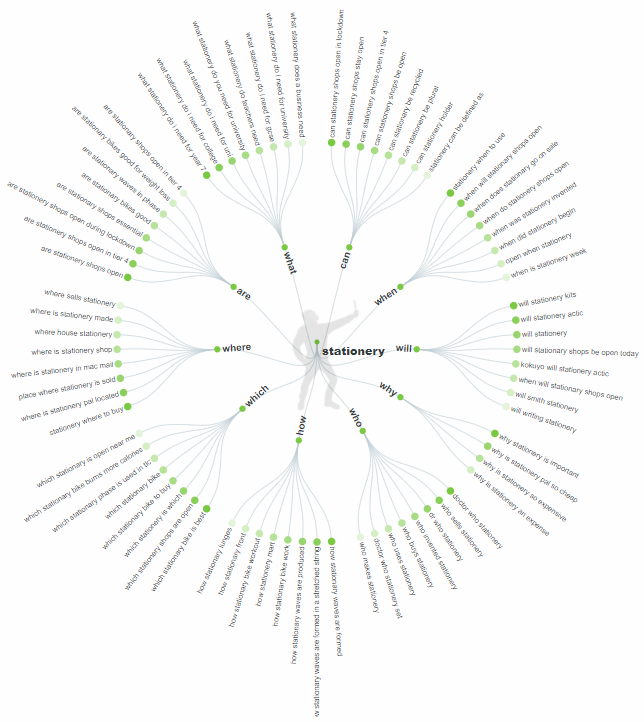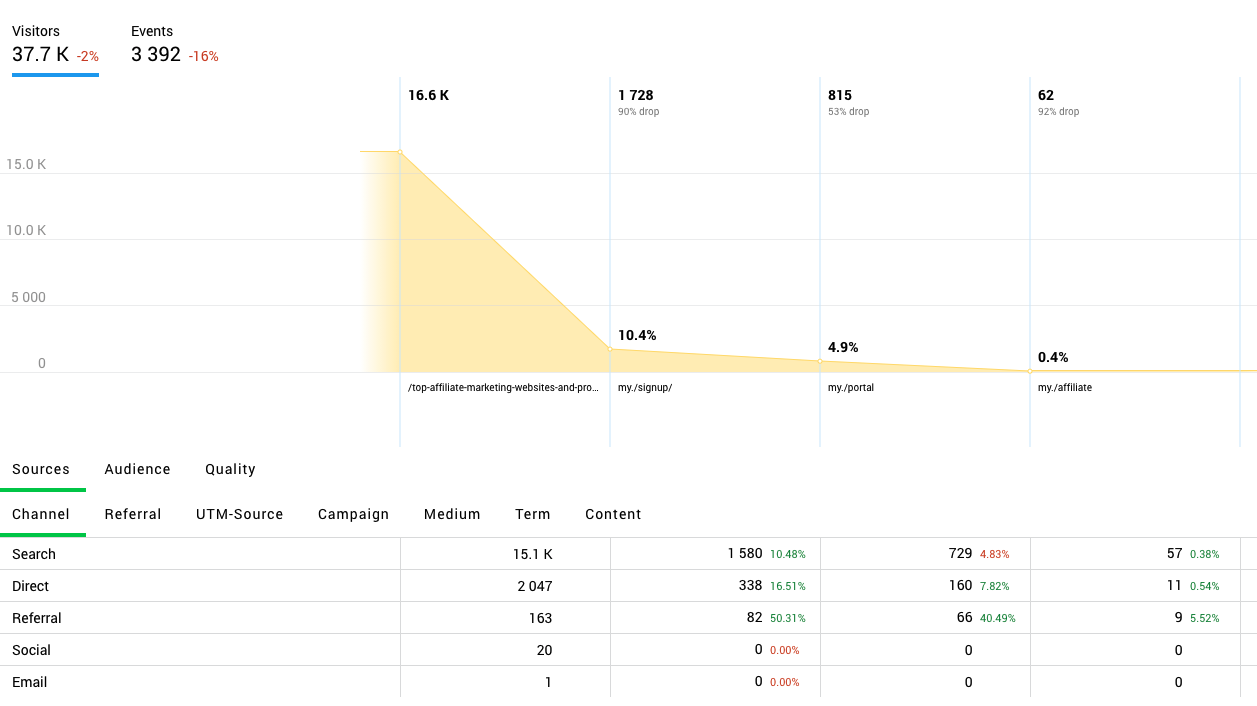Oftentimes, it’s not what you know, but how your keywords rank in the world of SEO. When your website ranks on the first page of Google search for the right keywords, it allows you to attract the right traffic to your website and generate the best chance of making a conversion.
If your prospective customers want to learn something, buy a product, or subscribe to a service that you offer, they may do what we all do on a daily basis and ‘Google it.’
Google’s search engine looks at scores of ranking factors to work out which websites should appear as a search result for each keyword. One of these factors is to match the search query being made with the content of websites related to specific words or phrases.
Keyword research enables you to find what keywords your customers are most likely to type into Google. It can allow you to understand your customers better, as well as their pain points, needs and goals based on what terms they’re searching for.
It’s possible to use this information to produce content yourself to answer such questions and needs, or you can learn which areas of your website to improve to deliver the best ROI. One of the most effective forms of research is ‘longtail’ keyword research. Longtail looks at unique searches and highly specific phrases people use when searching for a product.
However, there are many creative ways in which you can use keyword research to deliver unique insights to outmanoeuvre your competitors. Let’s take a look at 7 of the most effective lesser-trodden paths towards successful keywording:
1. Know where to find your keywords
Thinking up keywords that are relevant to your business can be fairly straightforward. If, for instance, you’re selling stationery supplies you might come up with keywords like ‘fountain pens,’ ‘workbooks,’ ‘printing supplies,’ or ‘back to school supplies.’
While these keywords can be a great starting point, it’s safe to assume that if you can think it up in a matter of seconds, so too can your competitors. With this in mind, let’s delve a little deeper into the options available to you.
Luckily, technology exists to help automate the process of finding high-value long-tail keywords that could be great for attracting business.
Most notably, Google Ads features an intelligent Keyword Planner, which can help to automatically scour the search engine’s query history to pinpoint exactly what your audience is looking for.
(Image: Ahrefs)
Another creative way of spotting keywords is to hunt for keywords on the websites that your customers are using. Although Google’s Keyword Planner offers some rich insights, it’s likely that your competitors are also accessing the same results.
Using large websites like Amazon, Google and Wikipedia, you can see a range of anticipatory suggestions that are created based on search volume. This can offer an excellent place to start in terms of creating long-tail keywords for your business. Furthermore, websites like Wikipedia and Amazon often feature topic categories or sub-sections that refine information and available products – again, this can be highly useful in determining the type of keywords to use in the content you create.
2. Get visual in finding suggestions
The key to successful keyword research is to look in new places for your search terms and words to rank for. Depending on your niche, it could be useful to look for pictures. Googlebot can understand the content of a picture thanks to Automatic Object detection within images.
(Image: Heartbeat)
Because we’re encouraged to add ALT descriptions to every image we have on our websites in terms of SEO purposes, this principle can be reversed so that we can see the keywords within picture descriptions that match our business as a great way of creating new ideas.
There are plenty of sites where you’ll have access to online images that aren’t protected by copyrights, and you can find the most suitable ones for your industry. You can see that the best sites offer an impressive range of versatility, which means that search patterns can differ along with the suggested keywords and images that you’ll identify.
3. Find relevant popular content
Now it’s worth exploring what your industry competitors are creating in terms of content. Look for things that are of personal interest to you and think about how you can improve on what they’re doing. Also keep a lookout for things that you don’t like, and topics that it could be worth avoiding.
To expand on our stationery business, we can look at industry leaders like Paperchase, Rymans and WHSmith and see that all three have blogs that feature huge volumes of content to sift through. Paperchase covers topics that are heavily related to the industry, like content surrounding stationery storage as well as articles covering wellness and activities that can keep you calm – all with a stationery theme.
It’s worth keeping in mind that it’s not just about the content that you like or don’t like, but rather what’s a hit with the customer. To gain a greater insight into what resonates with your target audience, keep in mind social shares and discussions that arise from blog posts.
Using Ahrefs Content Explorer, we can see some examples of posts that gained heavy levels of Pinterest traction on the topic of ‘back to school stationery’ and there are plenty more potential content ideas that could take off that can arise from a simple keyword search. To run a search like this you’ll need an Ahrefs account. After you sign in, access the Content Explorer tab and use your sorting options to see which pages gained the most traction based on various metrics.
4. Visualize Your Keyword Options
There are platforms online that can help to visualize ideas and potential long-tail keywords. Websites like Answer The Public may not provide innovative AI-driven insights, but it does help to intricately display a wide range of suggested results in an extremely easy-to-follow manner. Most SEO keyword tools online can be tricky to navigate, but this one features great UX and design.
What’s more is that the service is completely free and boasts a beautiful display, which is also great for displaying information in blog posts.
5. Learn to keep things unique
Many businesses that sell products simply cut and paste product descriptions from the manufacturer. While this can be a good time-saving tool, it’s also a mistake in terms of ranking on Google’s results pages. By doing this, you’re effectively duplicating content and missing an opportunity to create your own keywords.
Be sure to take the time to create unique and detailed product or service descriptions for every single item that you’re selling or promoting. Although this may seem like a drawn-out task, the conversions that the approach can leverage can be its own reward. Use your main keyword repeatedly – particularly at the top of the description. Utilize long-tail keywords across the rest of the description in order to anticipate the queries that your target audience could make in relation to your product.
(Image: Invesp)
Notably, Google also prefers long content, so if time allows, don’t be afraid to create long descriptions filled with useful keywords. For instance, we can see this product description for Amazon’s Kindle – the term ‘Kindle’ is listed throughout and the text is so voluminous that the keywording appears more natural.
6. Use tools for trial and error
Sometimes in the world of keyword research, it can be difficult to convert a long-tail keyword into an effective webpage that continues to drive traffic.
An essential part of the process once you’ve implemented your keywords and created engaging content is to monitor its progress using tools that can show how your traffic interacts with specific pages. Web analytics platforms like Google Analytics or Finteza can be highly useful in this department, with both tools capable of displaying how many bouncebacks your pages are prompting and the conversions that occur following page impressions.
With these rich insights, you can see where your visitors are coming from and how they’re arriving on your website. If they’re utilizing mobile devices to browse, you can alter your pages to better suit smartphones, or if your sessions on specific browsers are significantly shorter, it may be worth reviewing how the page loads for users.
Fundamentally, reviewing your progress is essential trial and error that can help you to see which keywords are working when push comes to shove. It can also give you a chance to review your existing content and product descriptions to better optimize them.
7. Take your search for keywords offline
We’re locked in a constant battle to discover fresh keywords that our competitors won’t have thought to create content for. However, one of the issues with researching keywords is that we generally do it in an online space. If you’re intent on getting different results in rankings than your rivals, it could be an idea to look in places that are harder to access.
Magazines can be a great divergent resource that offers unique content which has the potential to offer excellent keyword ideas that are exclusive to offline readers.
The beauty of magazines is that they’re much purer than the vast majority of online content we see today. There are no search engines and no SERPs to compete for. All authors and publishers are concerned about are genuine, engaging and accurate content. As an online business, this should be your priority too – it’s just that adding strong keywords makes the whole process a little bit more rewarding.
There are also a rich array of niches in the magazine market. If your industry allows it, take a look in niche magazines for keywording ideas that won’t exist in an online world. The intent for great content is much higher and editors have much less room for error – while a blog is easier to manage, promote and refresh whenever audiences drop.
When creating content, creativity is often richly rewarded for businesses that are able to think outside of the box. Although keyword research can sometimes be a time-consuming process, in an industry that’s driven by engagements, impressions and conversions, investing time towards discovering effective long-tail keywords can result in sustained revenue over time.






